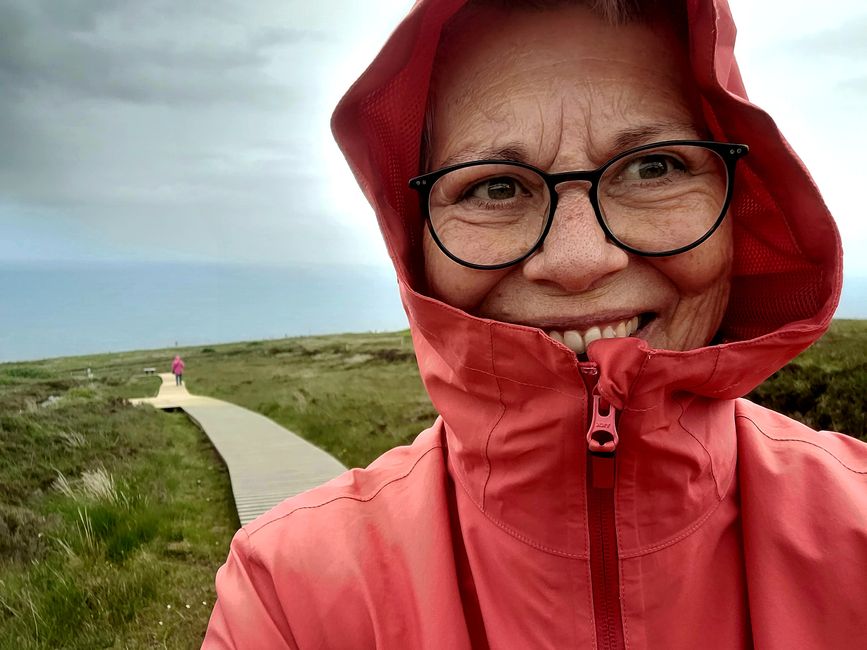
The Wild Atlantic Way - eine Reise entlang der irischen Westküste
vakantio.de/the-wild-atlantic-way-die-irische-westkuste
Ruins, salmon, megalithic tombs, shanty festival, and further on the Wild Atlantic Way to Donegal.
Published: 09.01.2023
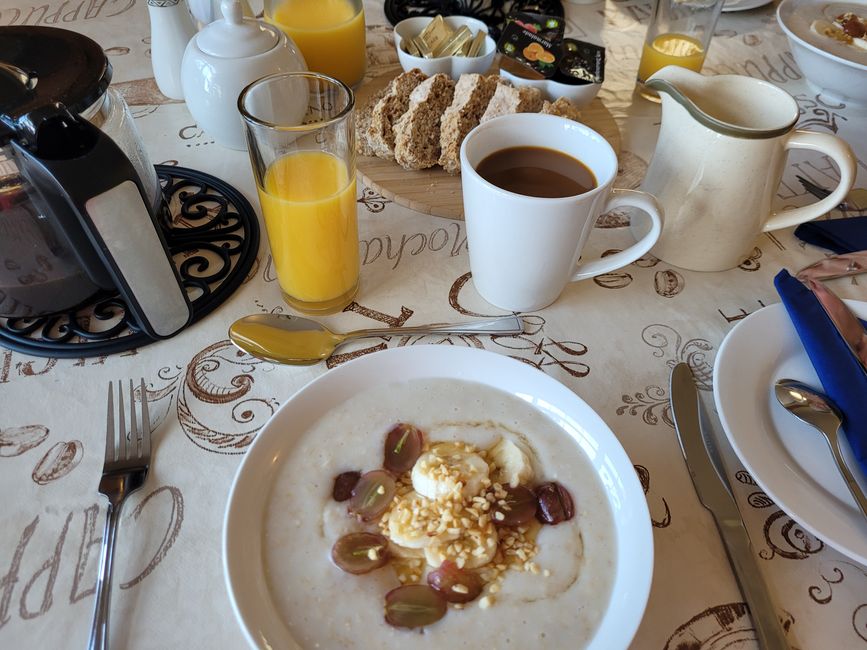
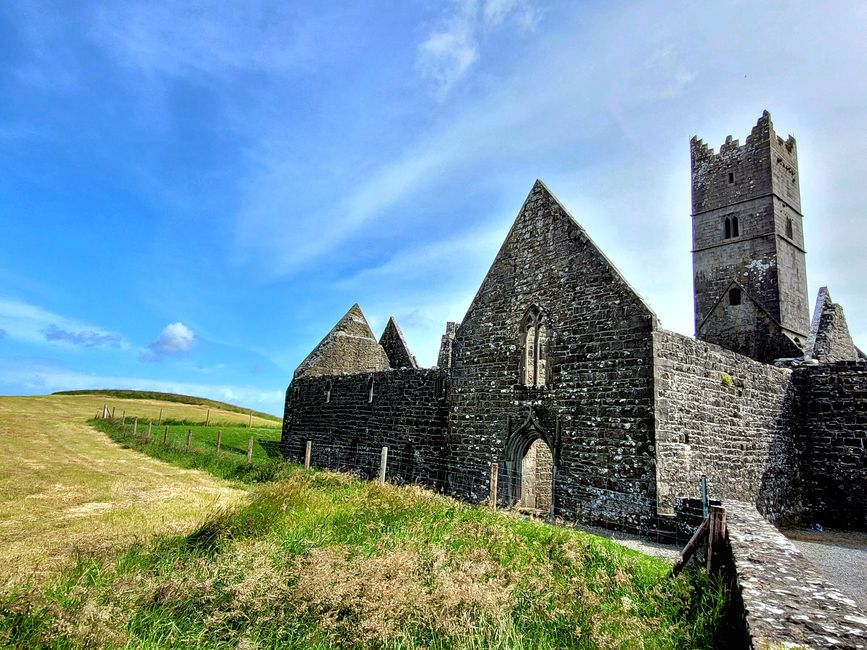
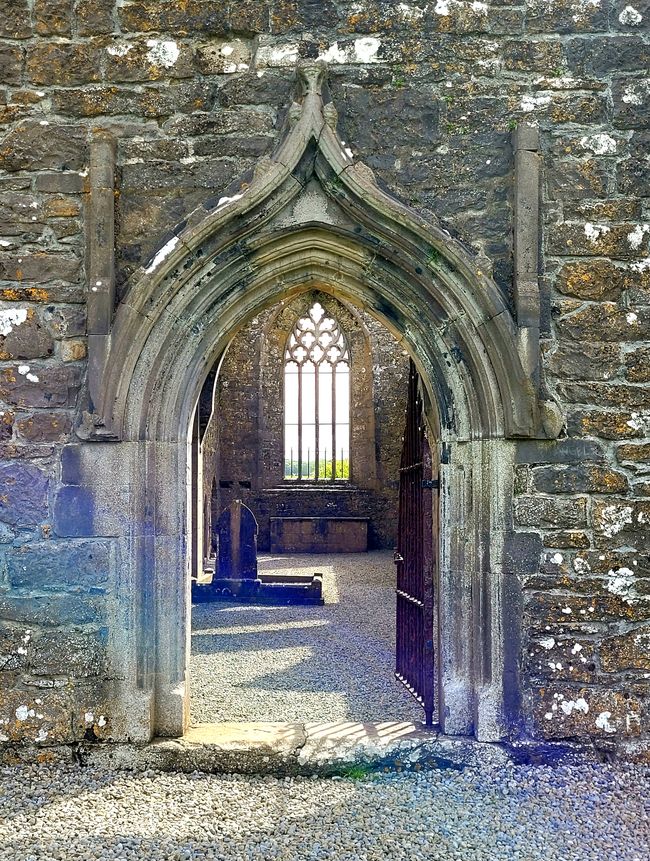
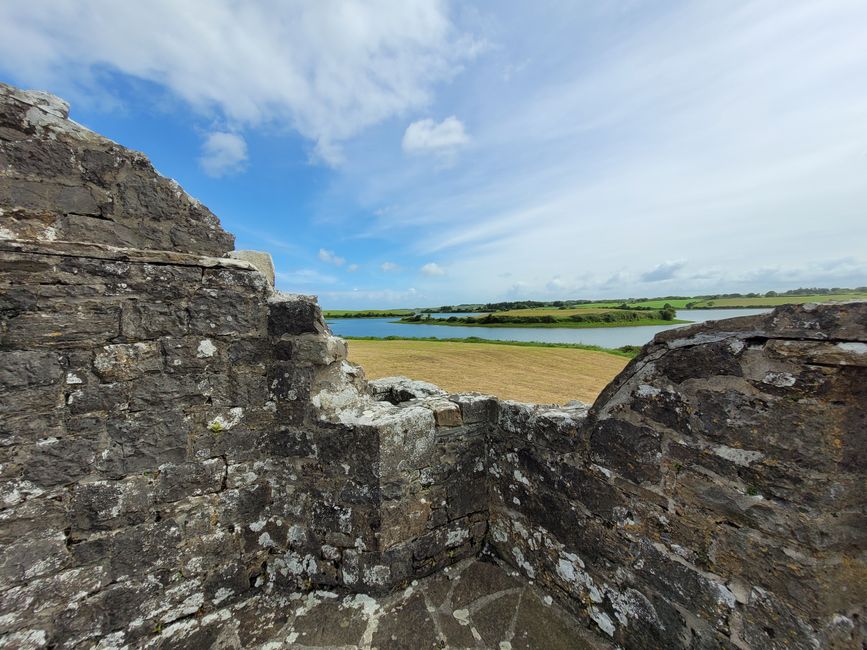
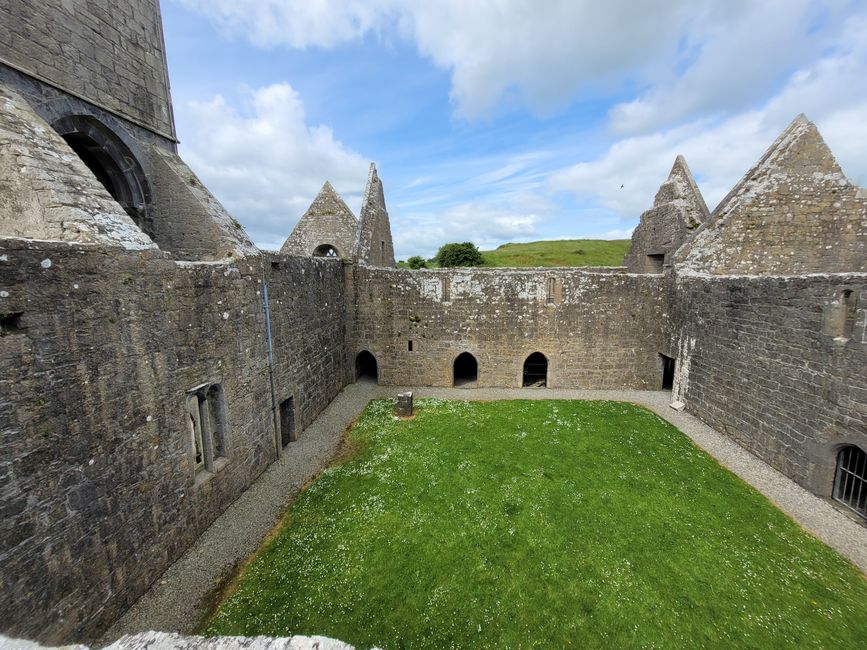
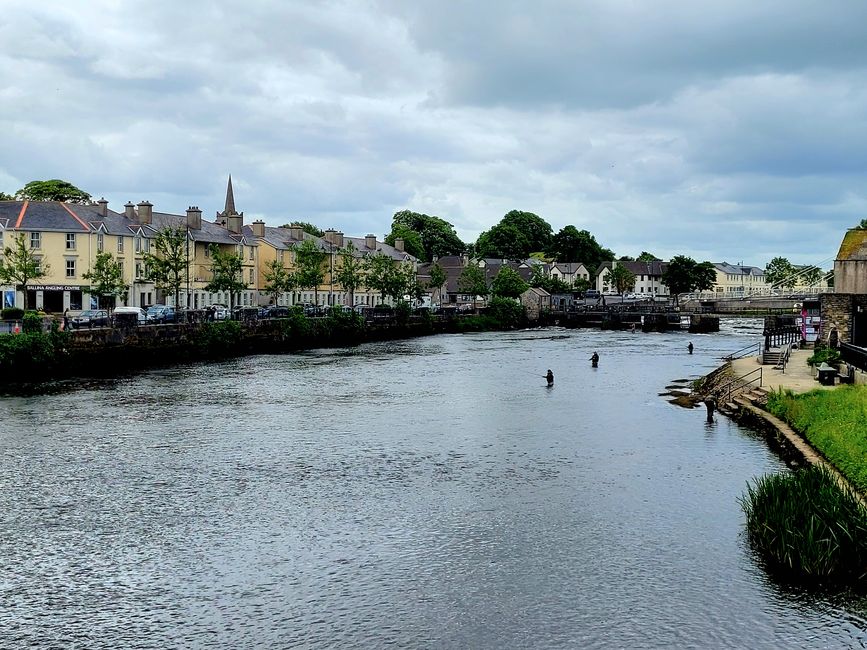
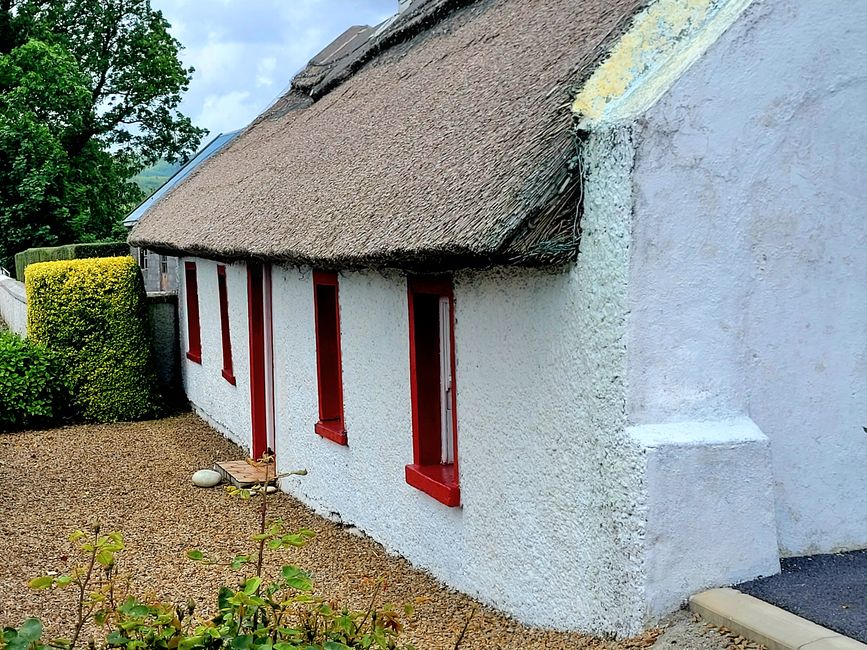
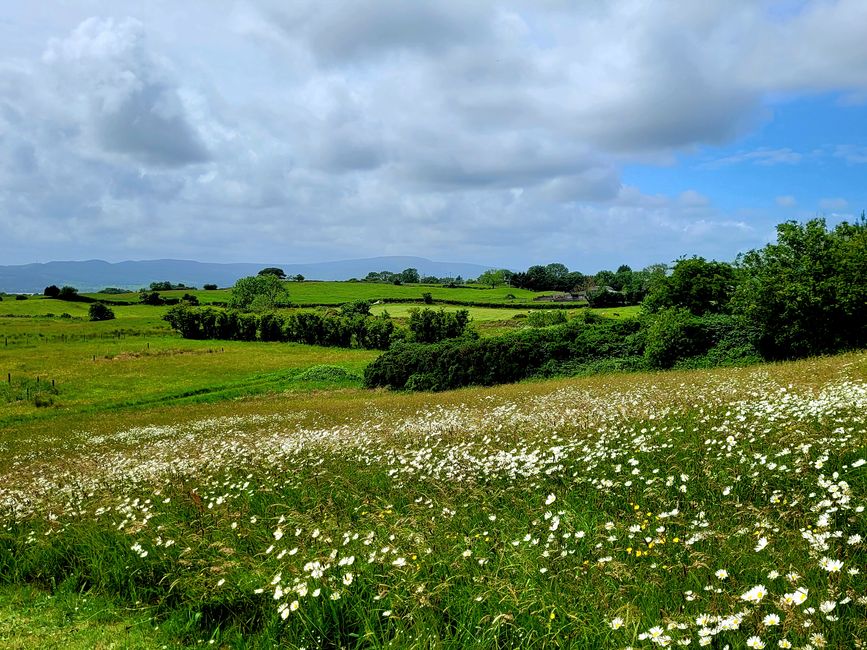
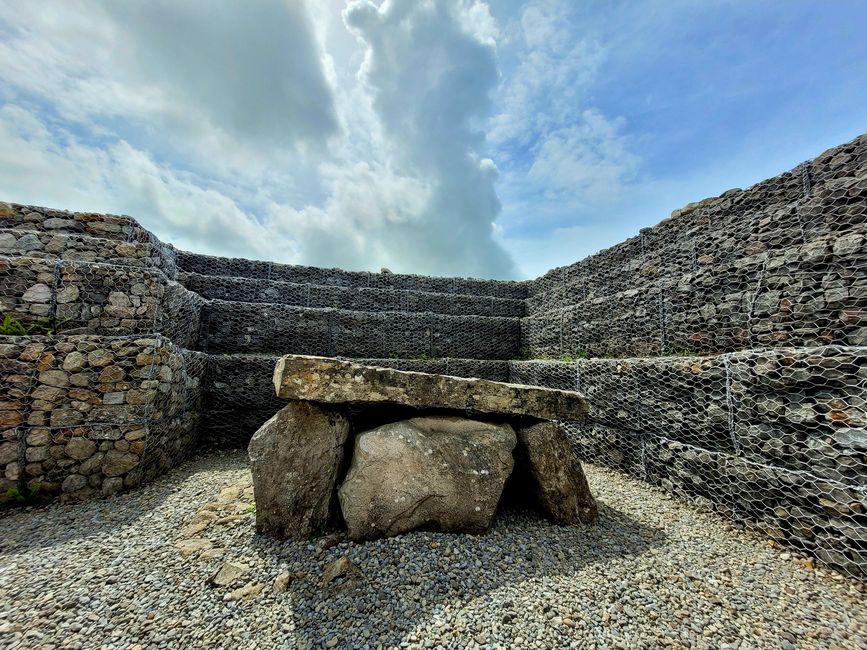
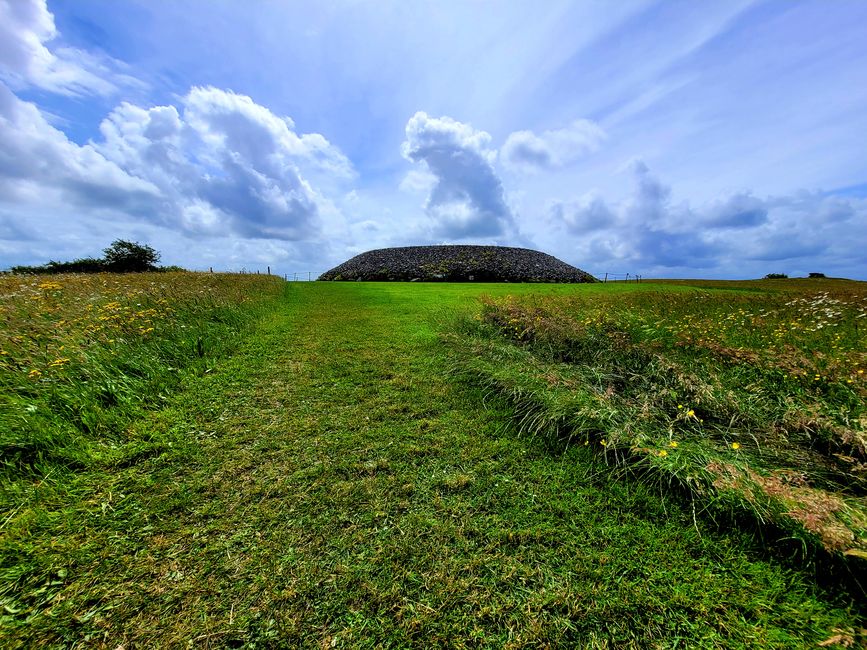
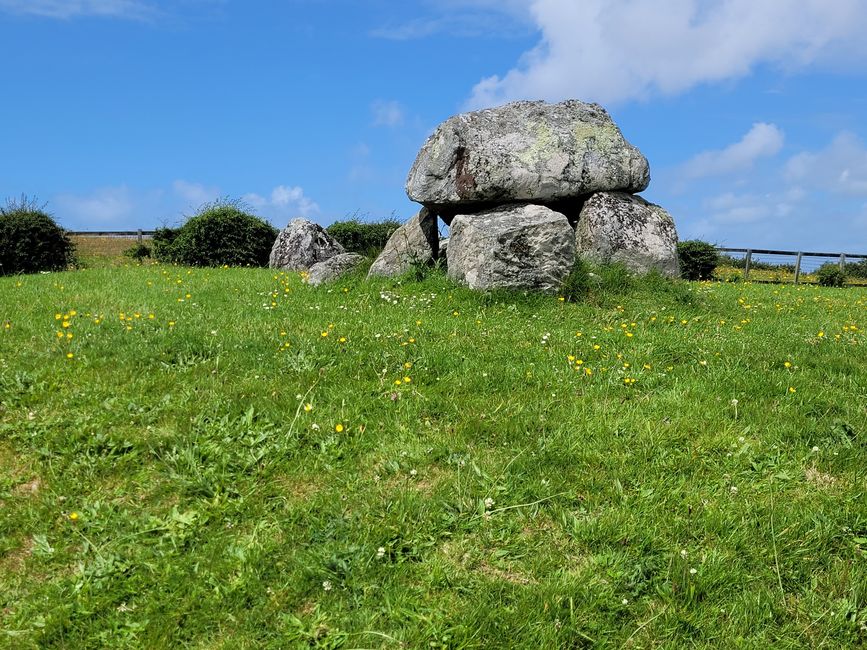
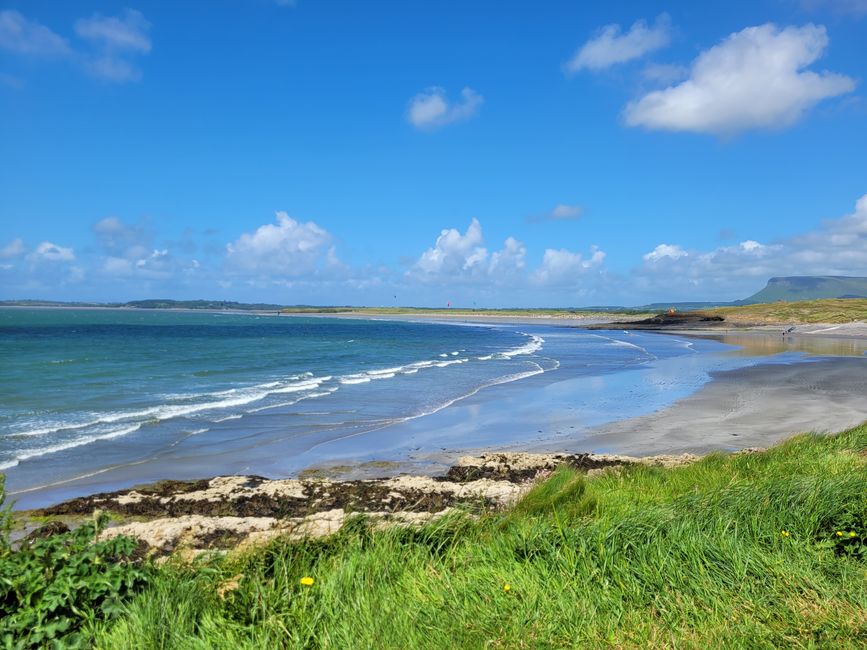
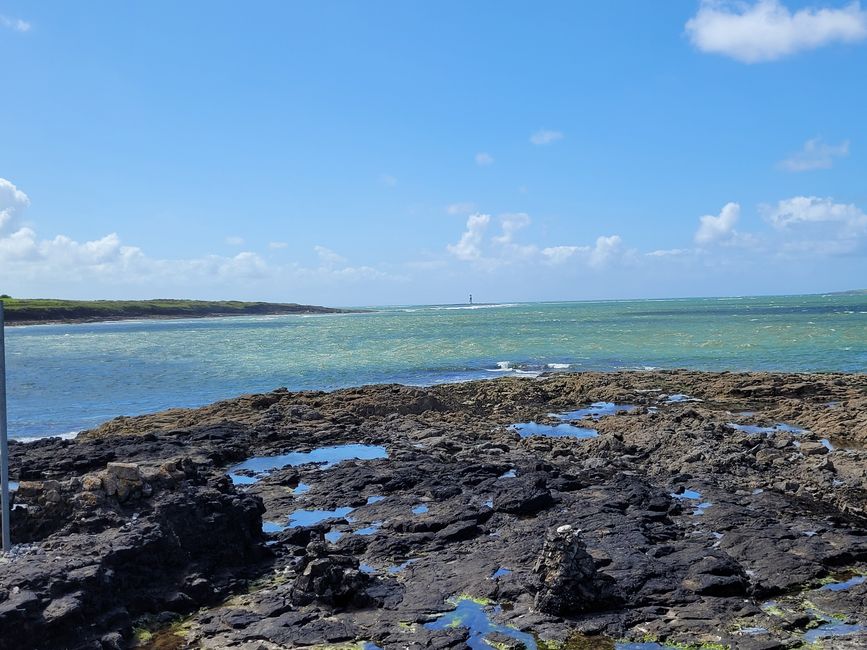
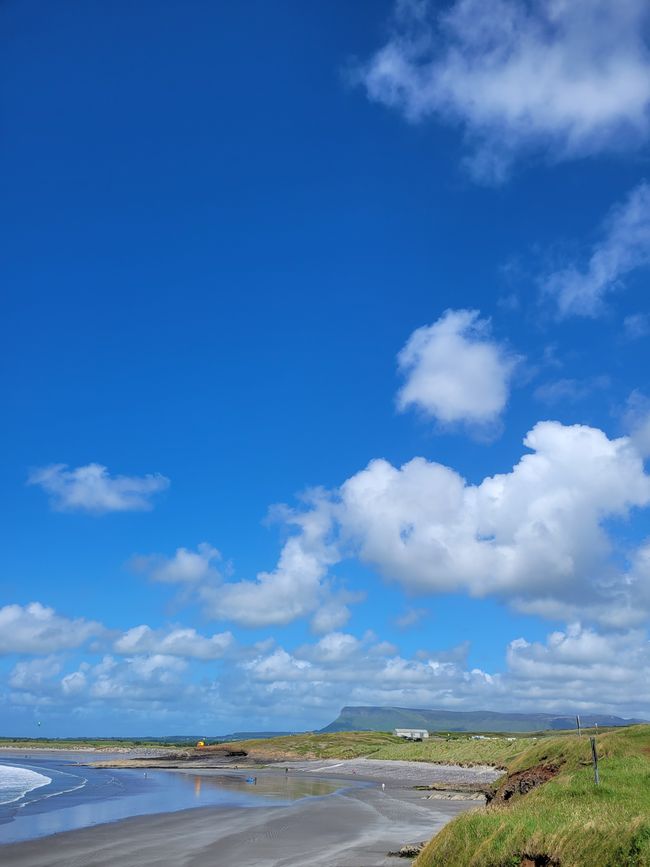
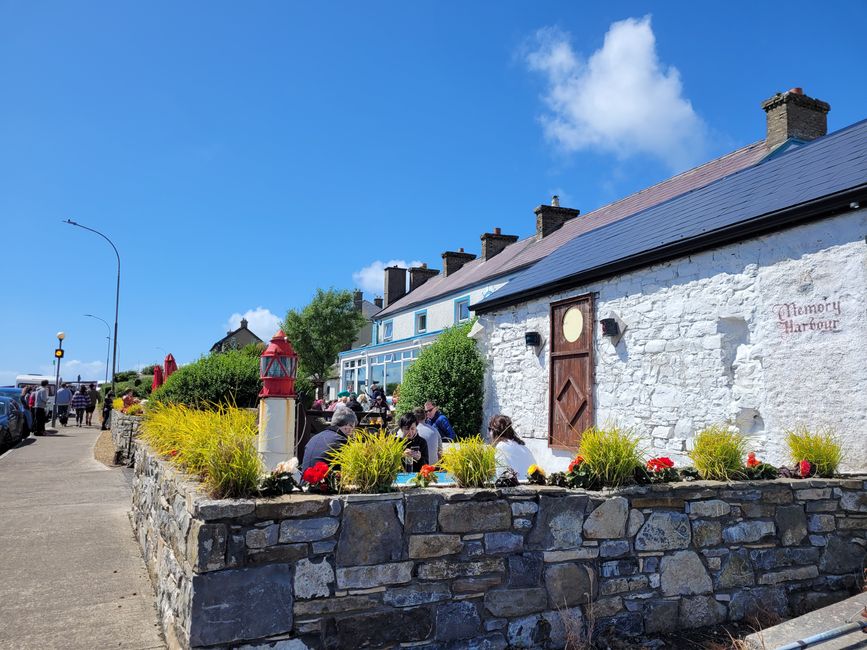
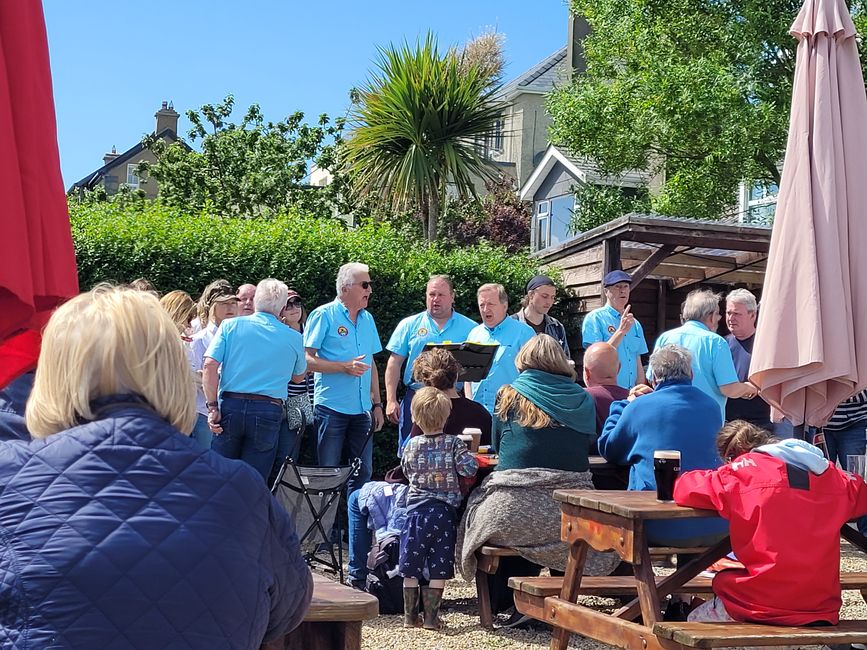
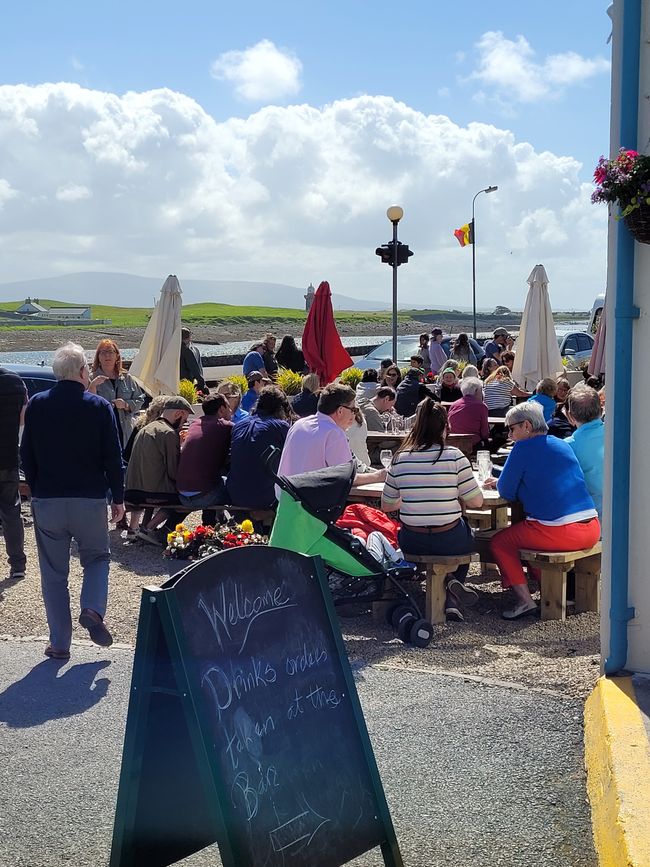
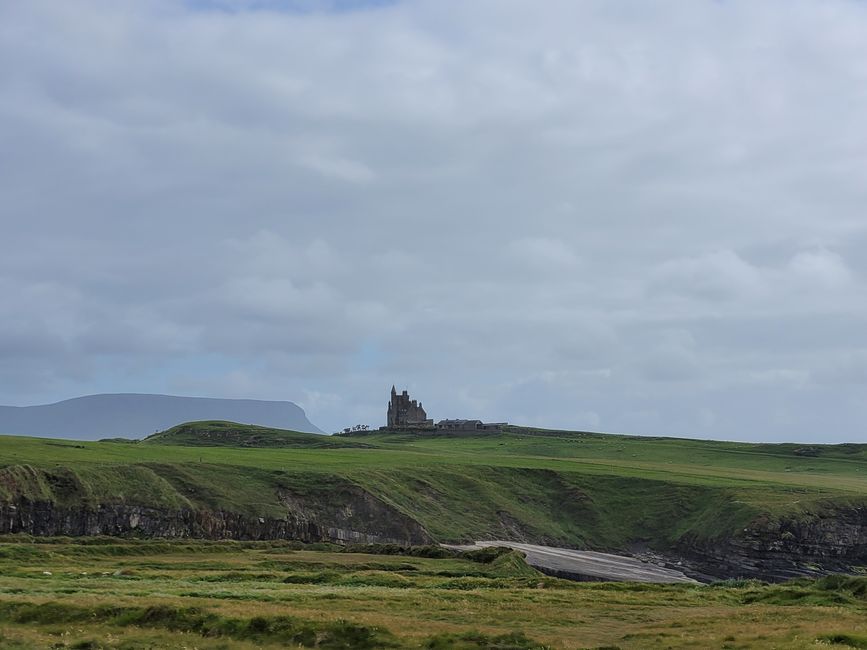
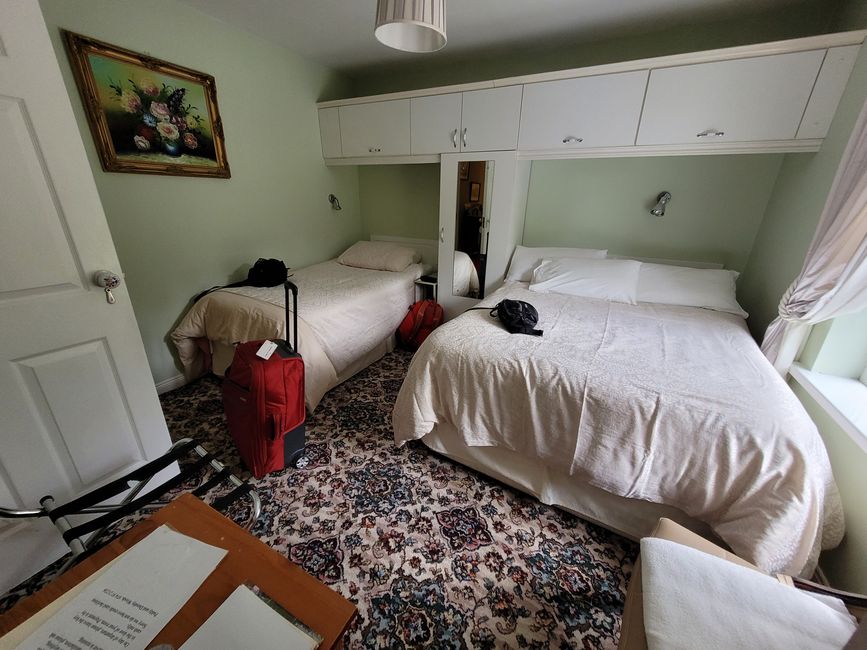
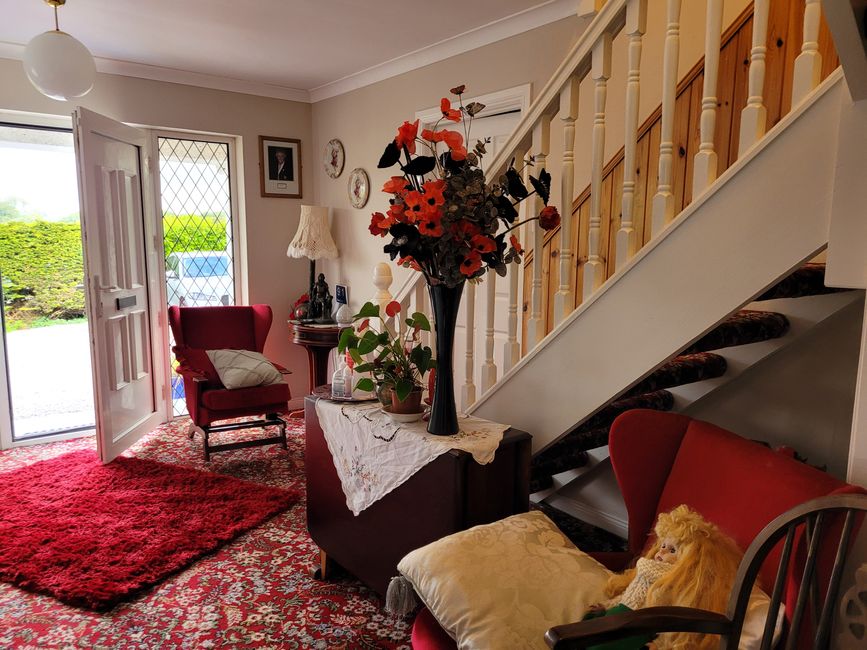
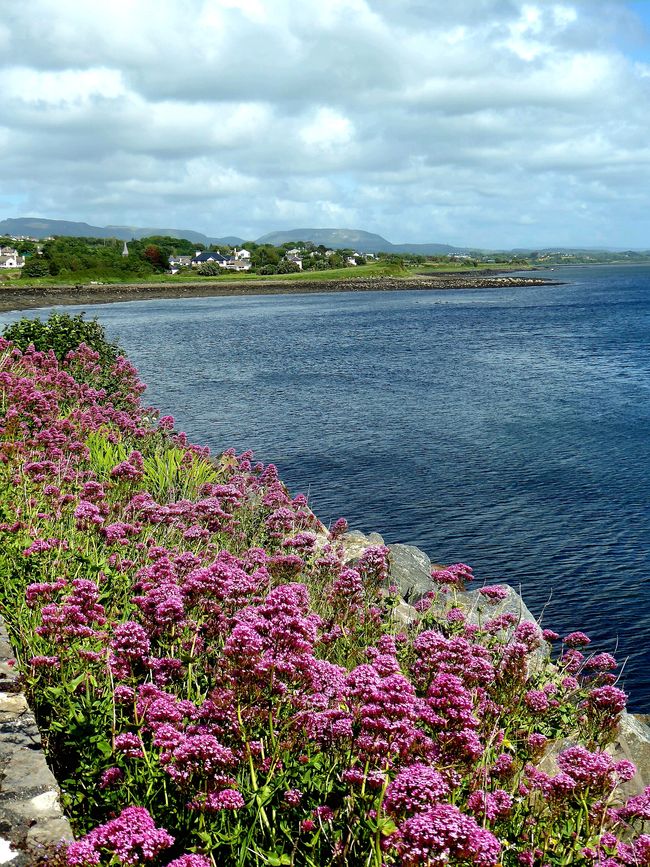
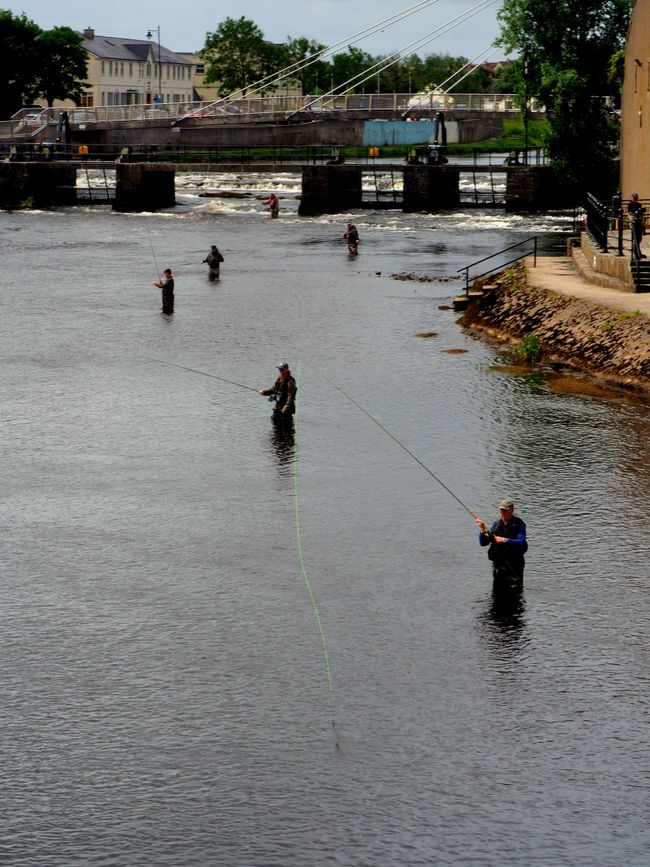
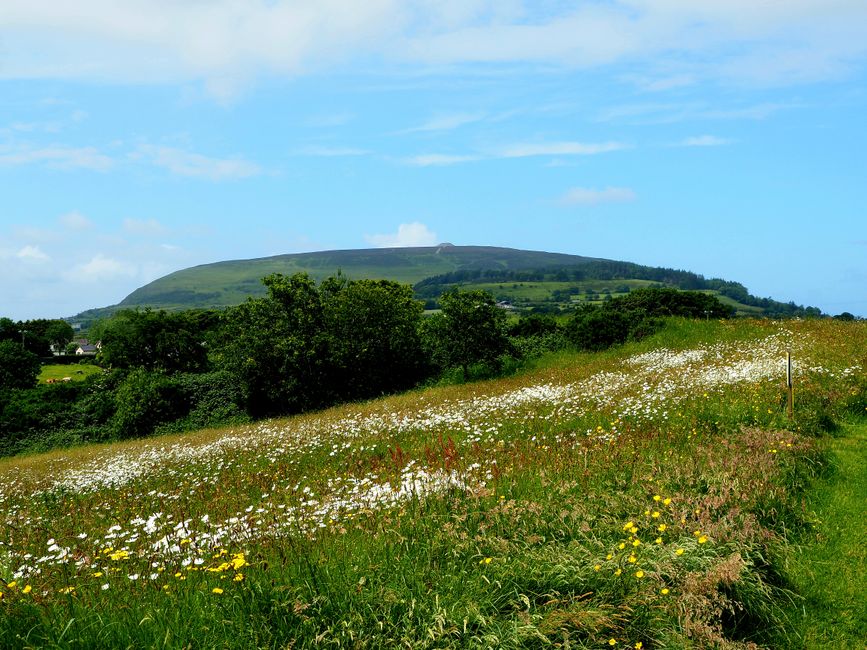
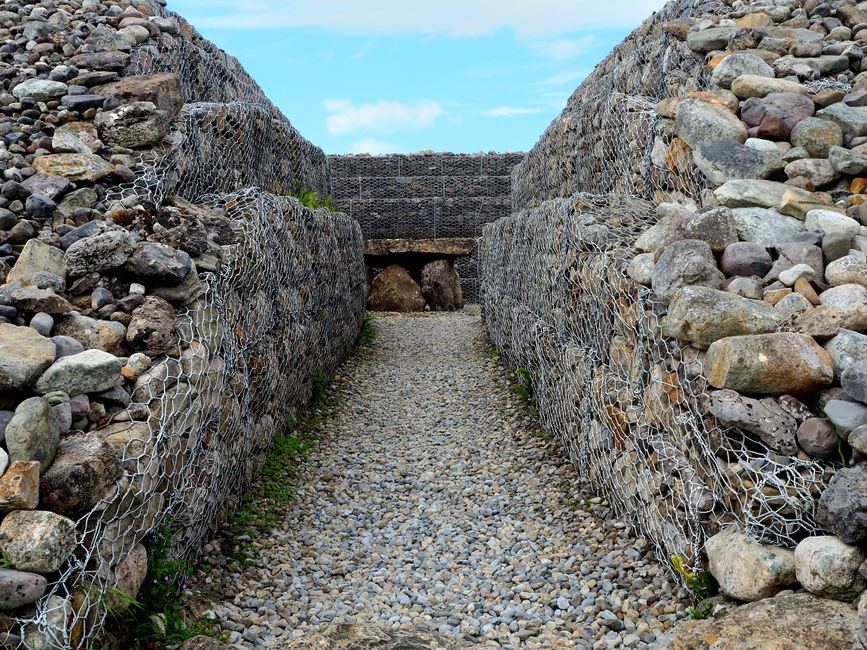

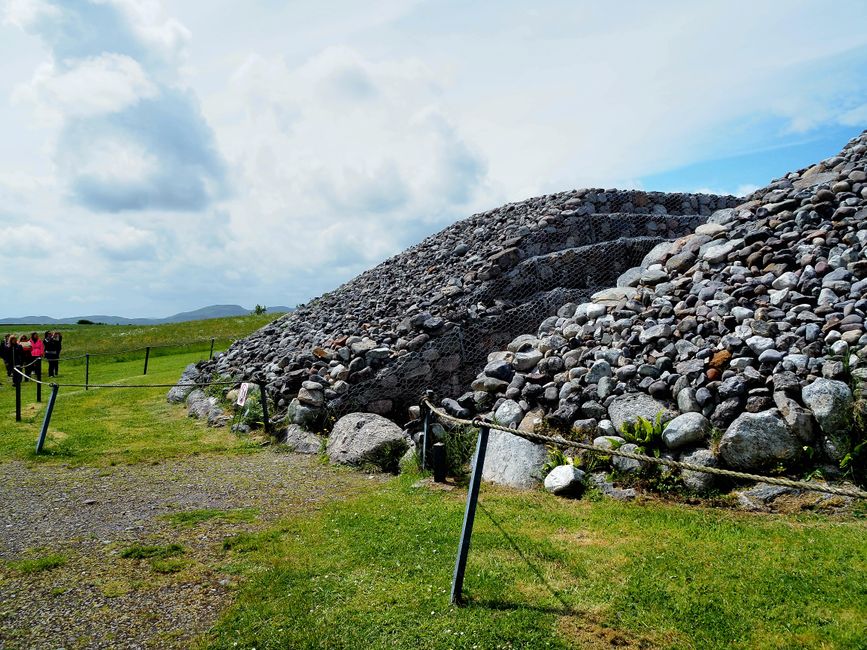
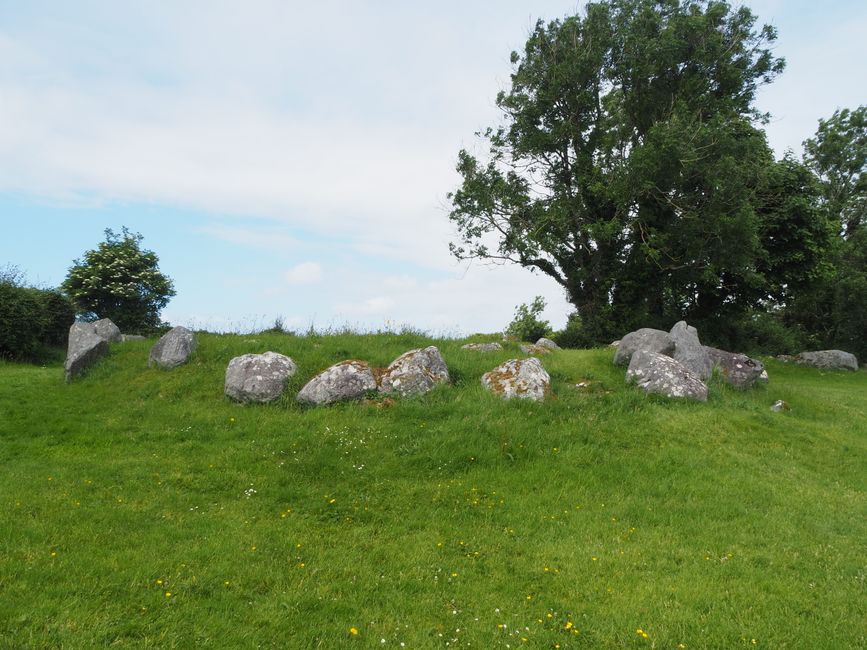
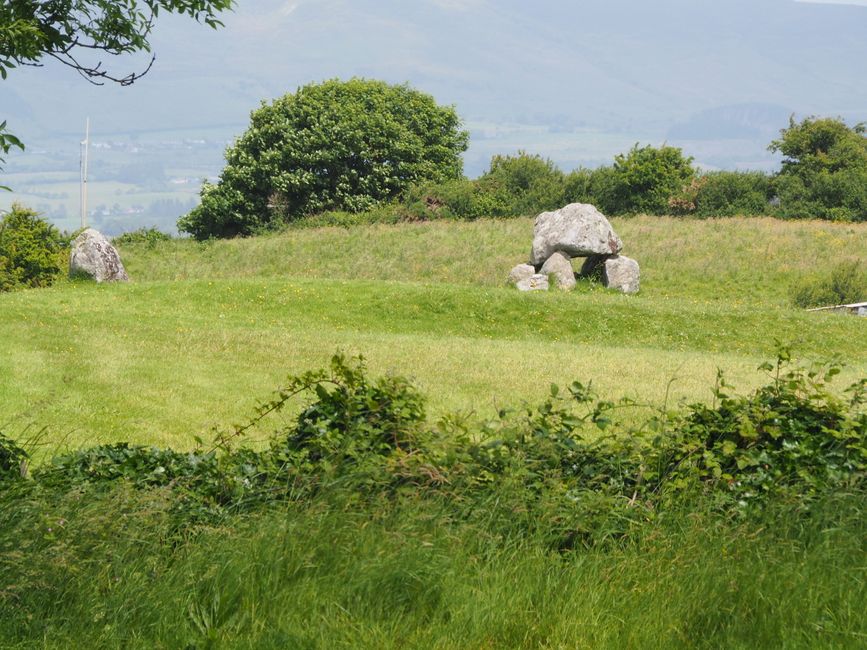
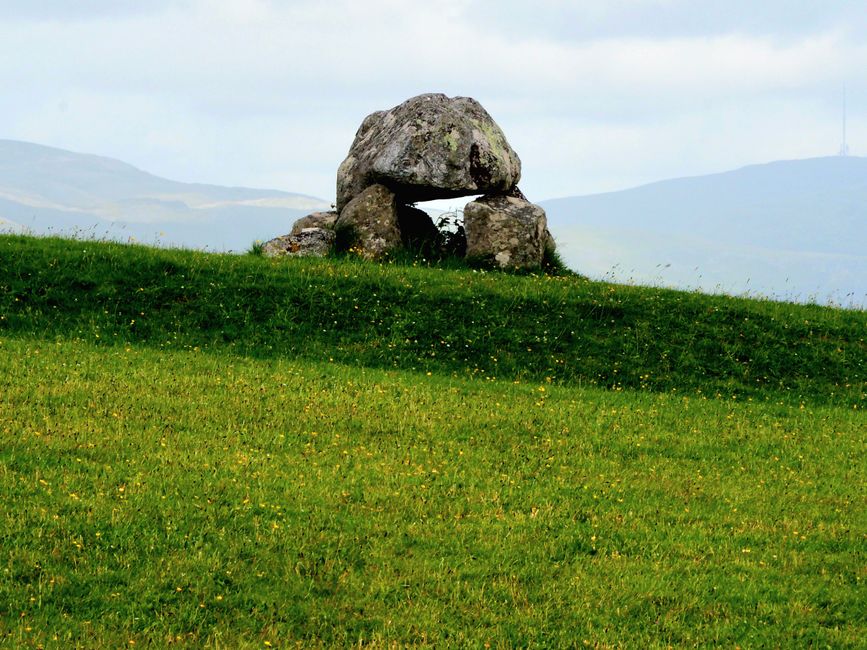
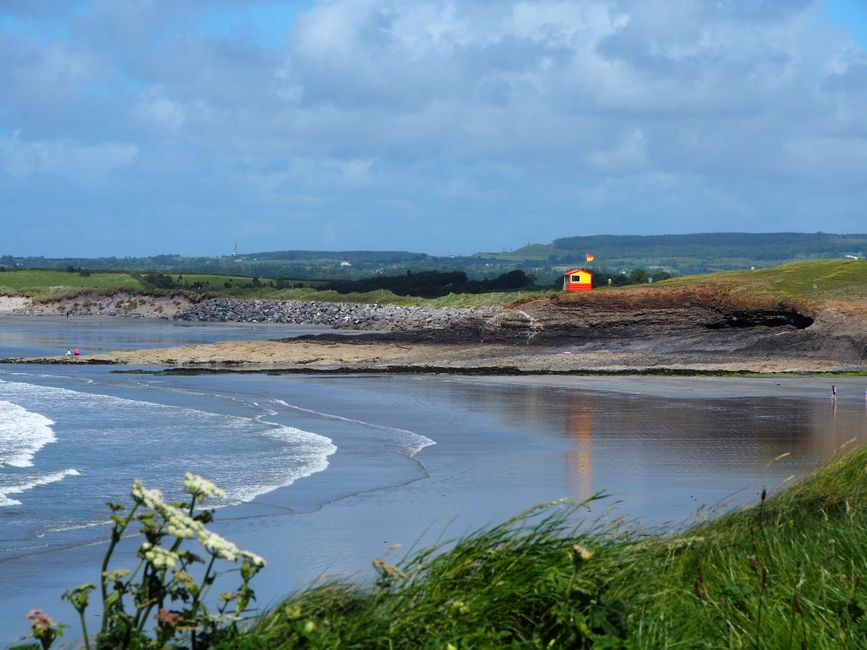
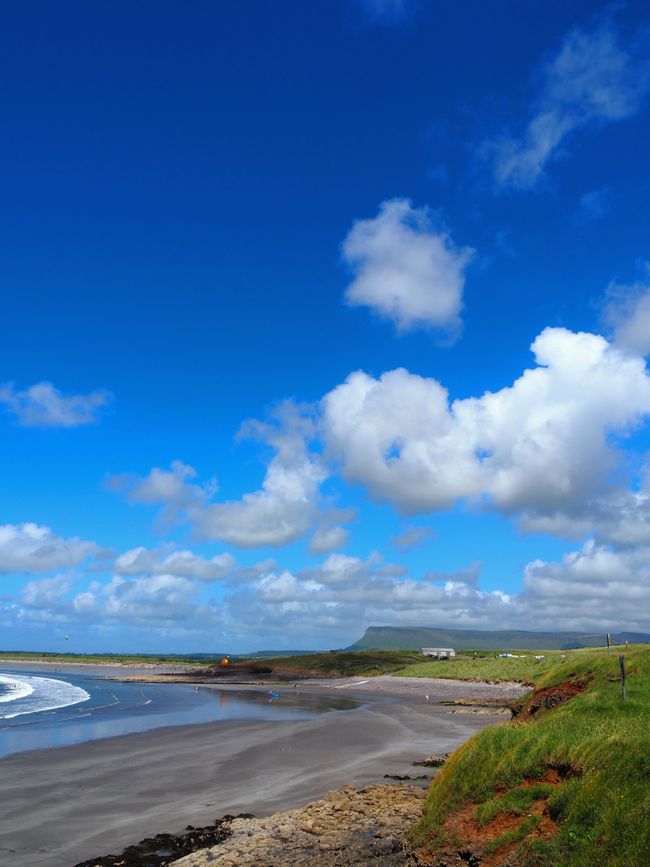
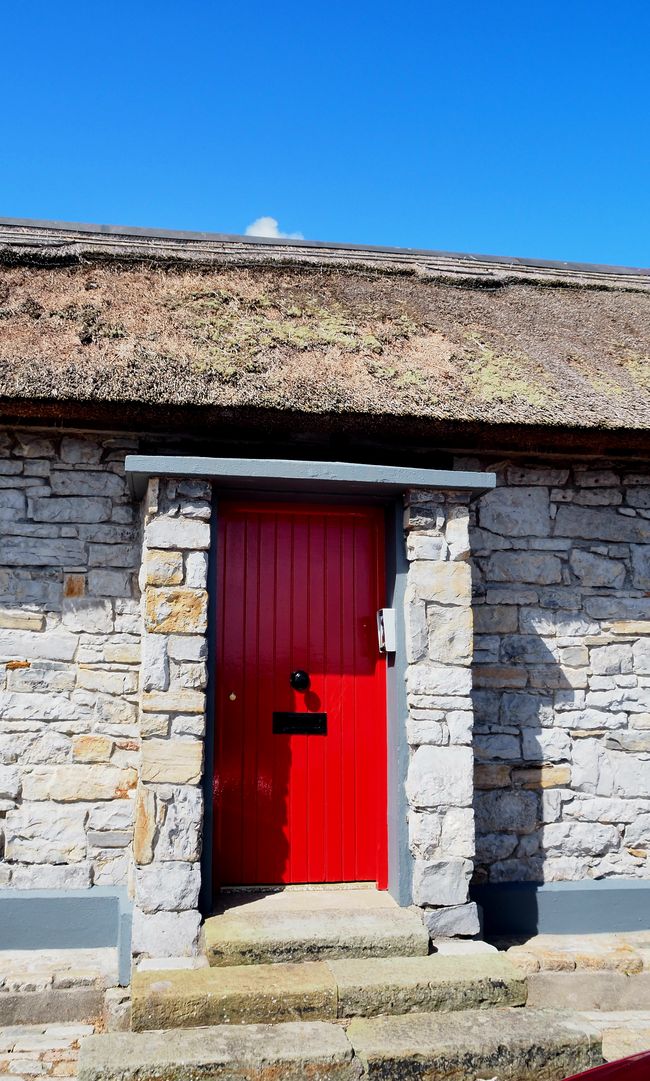
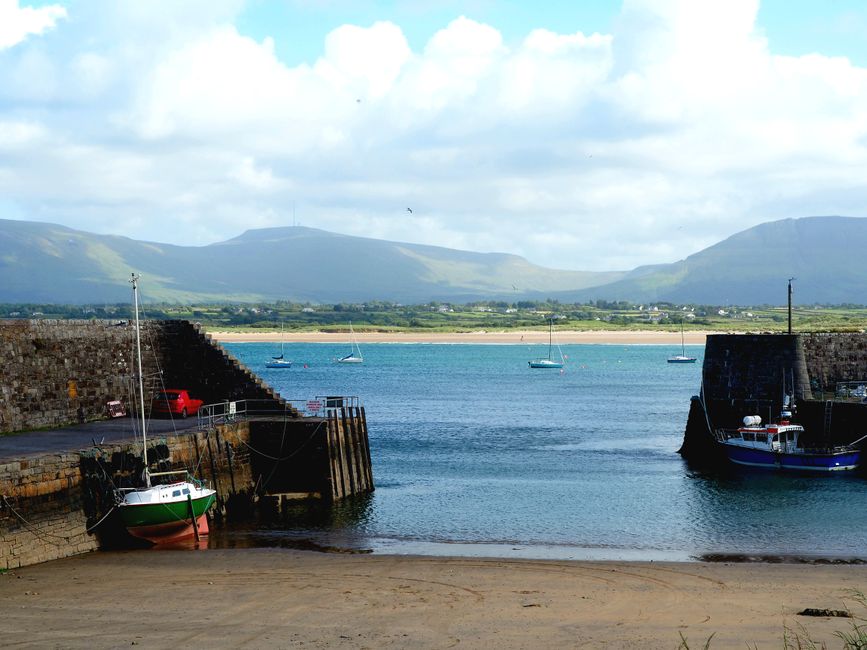
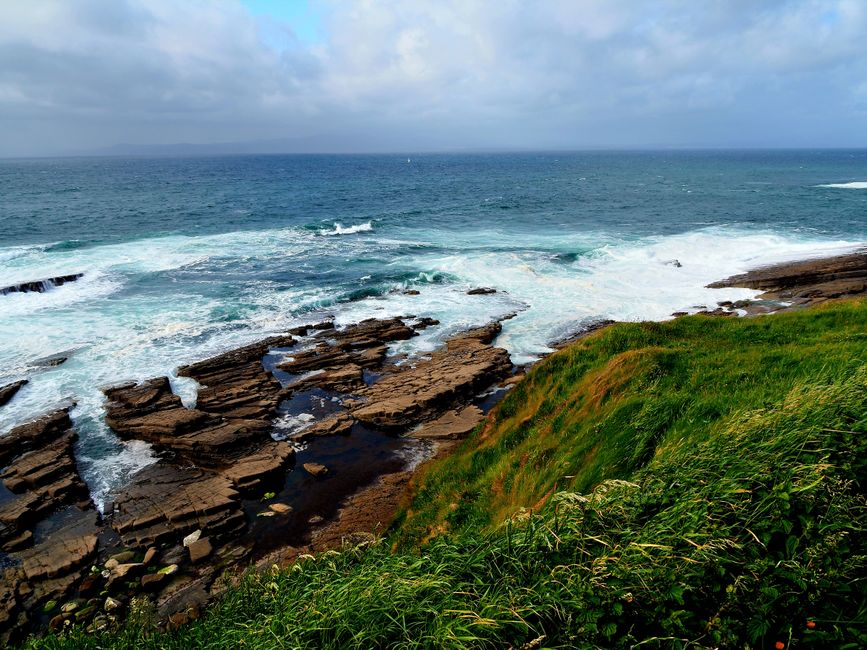
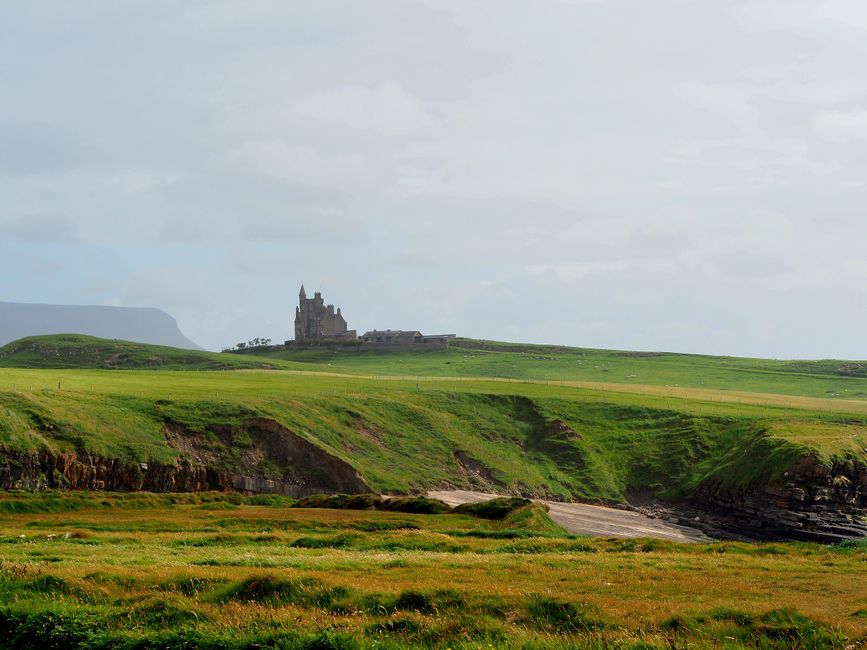
Subscribe to Newsletter
18.06.22
The view from our wonderful B&B extends over wide meadows, fields, cows - and you can hear the neighbor's donkey 🙂. After an extensive breakfast, we continue north.
Rosserk Friary
We can only see the ruin of Moyne Abbey from the road. It is located on private property. The first stop is the Rosserk Friary, a ruin of a Franciscan monastery from the 15th century.


You can freely walk through the structure, climb stairs to the tower or the first floor. Beautiful location right by the water. We then continue to Ballina to the salmon anglers in the river.

Ballina
One of the best fishing grounds for salmon anglers is the so-called Ridge Pool of the River Moy in Ballina. We watch the anglers standing in the river, which flows through the small town.
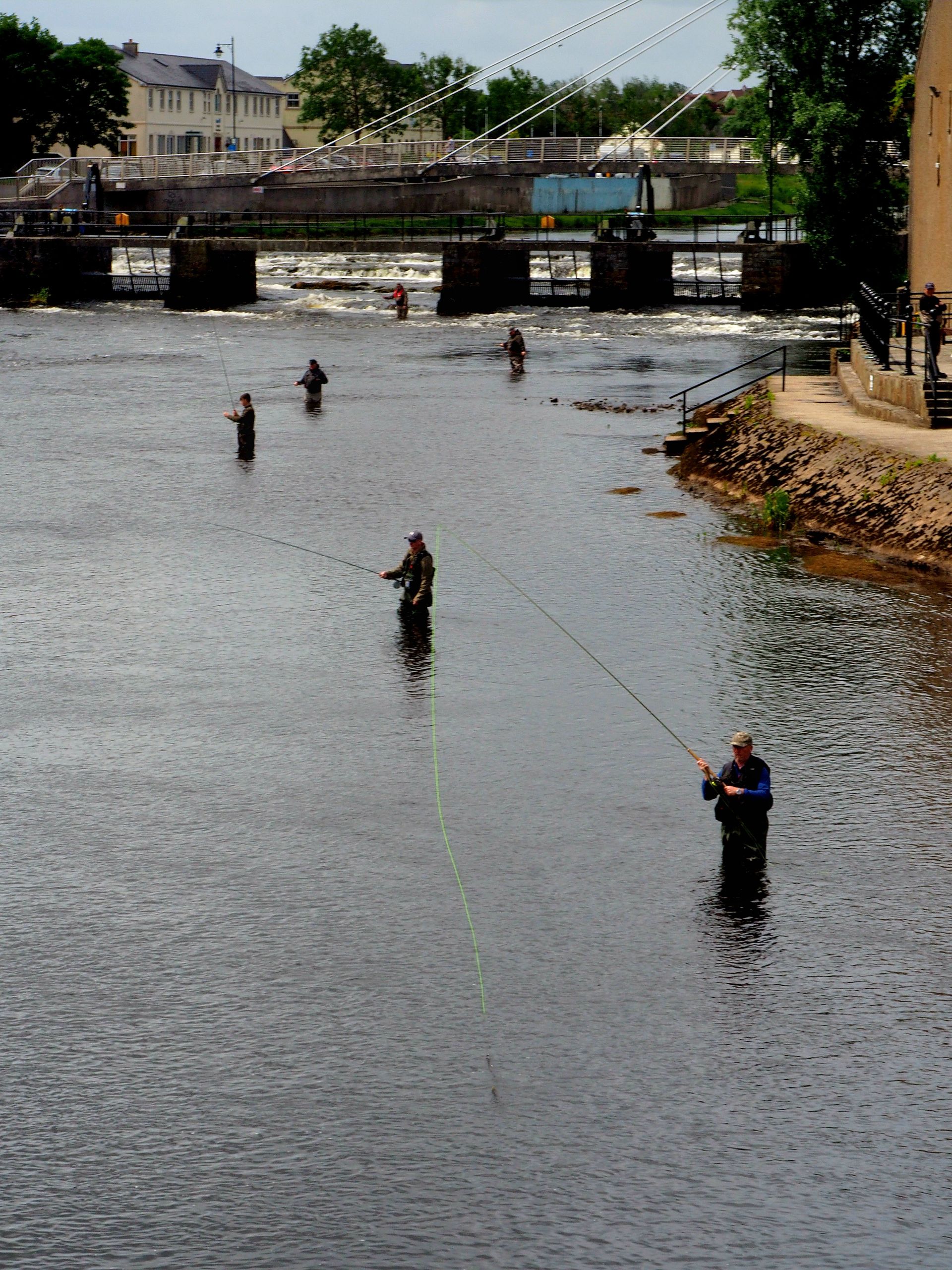
An official website provides information on the catch rate, which, for example, was 120 salmon two weeks ago! We then continue overland towards Carrowmore.
Carrowmore
There are about 80 megalithic tombs from the Neolithic period on an area of about 3 sq km, of which about 25 are still actually present.

This is the largest such collection in Ireland. The tombs consist of stone circles and dolmens and are arranged around a main tomb at a considerable distance and facing in that direction. The main tomb is located on a hill and was covered by a stone heap about 4m high. This tomb had a diameter of 34 meters and is likely to belong to a tribal elder.


The visible outer stone wall is new and serves to illustrate the original construction of this stone collection called a 'Cairn' above the dolmen.

The tombstones - 'dolmens' - inside are the original stones, estimated to be around 3600 BC. It is remarkable that the top stone is inclined. There was an entrance from the east, which was consequently oriented towards sunrise. The tombs are therefore all at least 5,000 years old. In some of them, various bone finds have been made, which have been further examined in the last 5 years through DNA analysis.

Relationships could be determined to finds several hundred kilometers away. With the exception of the main tomb, the tombs were most likely used for several hundred years and contain several buried individuals.
The site is a beautiful meadow landscape with many daisies and buttercups. The sun is shining, although the wind is bitterly cold and walking without fleece and wind jacket would be unthinkable here. In the distance, we can already see the table mountain at Sligo, the Ben Bulben.

Sunny shanty festival in Rosses Point
A trip to Rosses Point turns out to be an unexpectedly beautiful highlight of the day on our way along the Wild Atlantic Way. At the end of the town, kite surfers zoom through the bay in the stormy wind, and 200 meters away, shanty choirs are singing outside in the sun on the occasion of the shanty festival.

We join them at Auntie's Pub, have a coffee, and enjoy the Irish sea shanties.


The sun is shining beautifully from a blue sky, the wind remains cold, and 17 degrees are not exactly warm. We now head north on the national road N15 and see the Ben Bulben mountain range in front of us and to our side. A table mountain formed during the Ice Age, the nearly 530m high natural eyecatcher of County Sligo.
Before we stay in Donegal for 2 nights, we now drive to the Mullaghmore Peninsula. In the village of the same name with a cute little harbor, the village has gathered for a Saturday evening beer. From here, we have a nice view of the Ben Bulben massif.
We follow the narrow coastal road around the peninsula and marvel once again at the steep coast and the great surf at Mullaghmore Head.
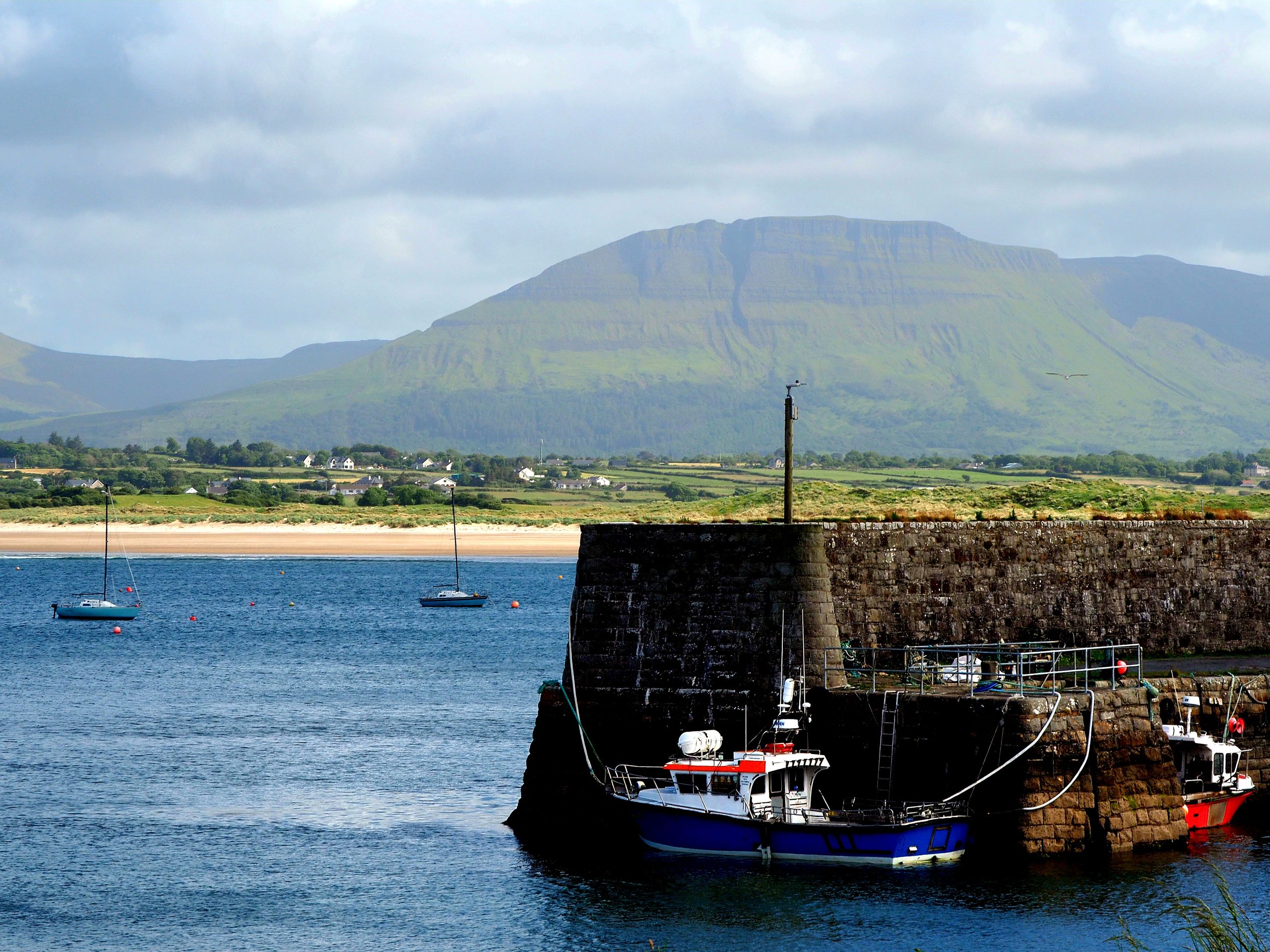
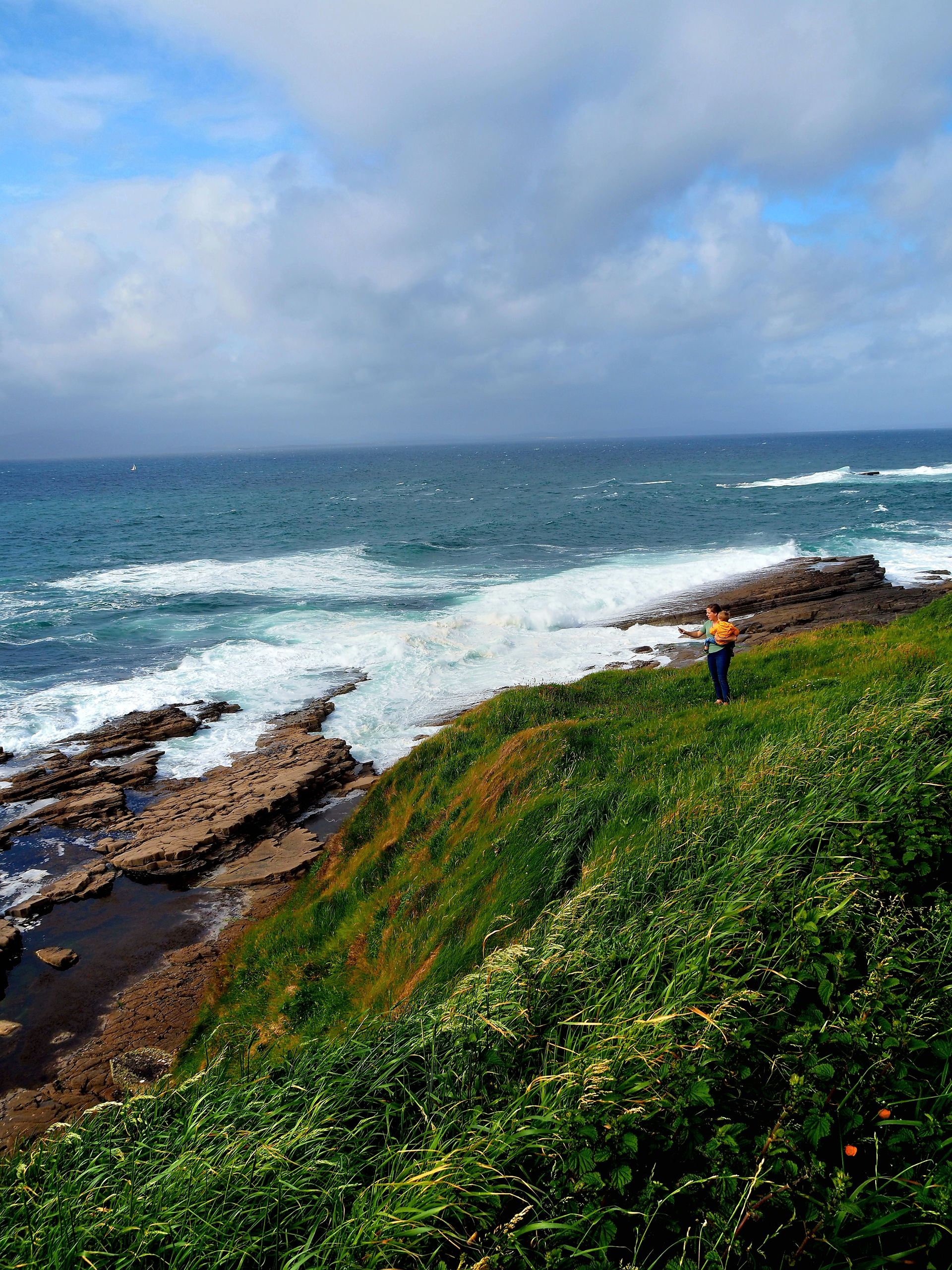
Next up is Classiebawn Castle, which you unfortunately cannot visit and can only see from a distance against the backdrop of the Irish table mountain. It is privately owned and visitors are not allowed.

Now we are not far from Donegal, which is pronounced Donne-goal (emphasis on the goal). Our landlady gives us a lecture first, as we have not responded to emails from yesterday and today. They wanted to make sure that we would arrive, as the booking was made 6 months ago.
In comparison to the equally expensive bed and breakfast from yesterday, this one is now the plush traditional version with an old bathroom, carpeting, and an abundance of knick-knacks.
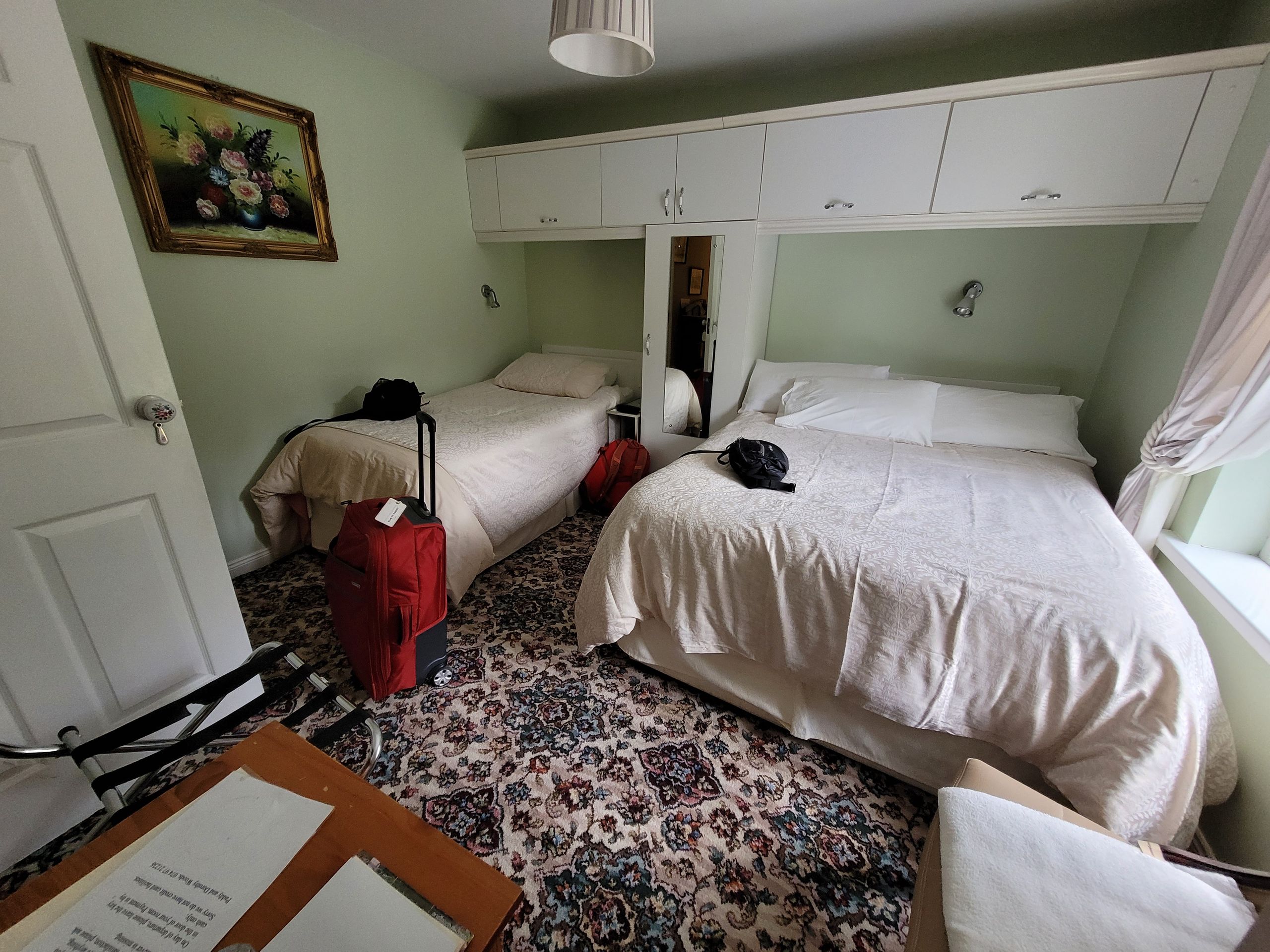

The lounge is a collection of horrors. If you were to sit there, you would have nightmares. The room is - perhaps due to the 'treasures' - not always open.

We walk the 15 minutes to downtown, find a table in the restaurant, and are back at the B&B by 10:30 pm. Tomorrow we must appear promptly at 9 am for breakfast - otherwise, we will have trouble with Dorothy, the dragon lady.
Daily mileage approx. 160 km
Subscribe to Newsletter
Answer
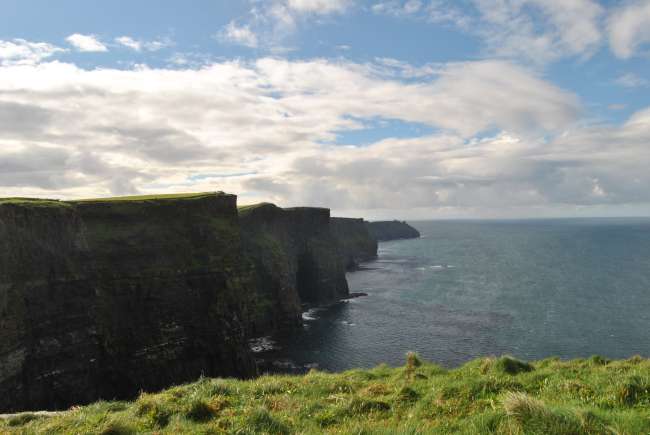
Travel reports Ireland
